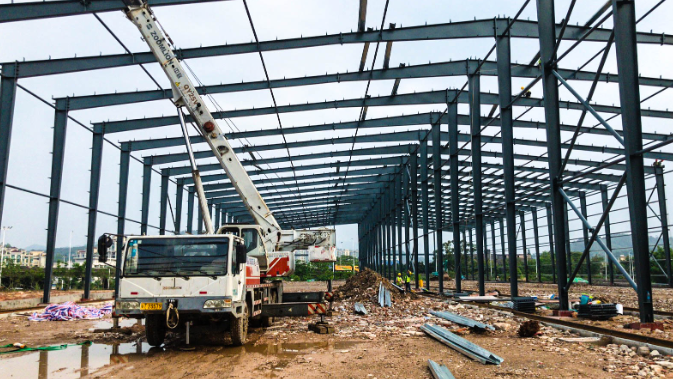Key Design Points for High-Rise Steel Structures

Critical Structural Ratios: Ensure structural safety and performance by controlling six key ratios:
Axial Compression Ratio: Controls structural ductility.
Shear-Weight Ratio: Ensures minimum seismic shear at each floor.
Stiffness Ratio: Maintains vertical regularity and prevents weak stories.
Displacement Ratio: Controls plan regularity and limits torsion.
Period Ratio: Mitigates torsional effects.
Stiffness-to-Weight Ratio: Ensures overall stability against sliding/overturning.
Lateral Loads (Wind & Seismic): Govern structural design. Internal forces and displacements are typically calculated elastically. For seismic design, also verify potential entry into the elastoplastic state. For structures with top appendages (e.g., masts), include whipping effect in wind vibration analysis.
Analysis Model Selection: Depends on structural form and analysis objectives:
Regular structures: Planar lateral force-resisting model.
Irregular structures (plan/height): Spatial structural model.
General Approach: Space-coordinated model for planar lateral systems.
Foundation Design: Must prevent excessive settlement/tilting, considering:
Preferred: Raft foundation; consider box foundation if needed.
Good soil, low loads: Cross-beam foundation (if bearing/settlement adequate).
Inadequate bearing/settlement: Pile foundation or composite ground.
Site geology and superstructure type.
Influence of adjacent structures (especially tall buildings).
Foundation Type Selection:



